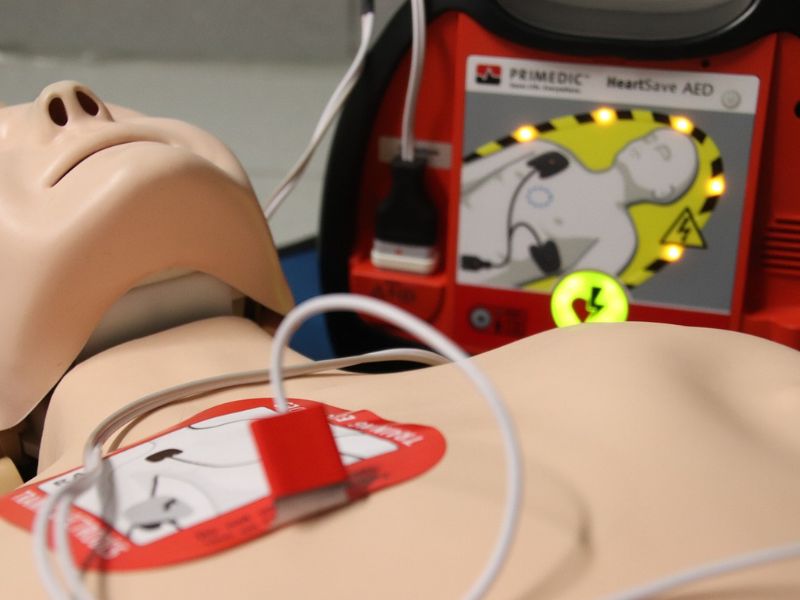
Defibrillators: the latest news in the emergency field
Implantable Defibrillators: Revolutionizing Emergency Medicine
Defibrillators are essential tools for saving human life in cases of cardiac arrest. These devices, in use for decades, have undergone significant technological advancements in recent years that have improved their effectiveness and safety. In particular, implantable defibrillators represent a true revolution in the field of emergency medicine.
Implantable defibrillators are devices inserted directly into the body of high-risk patients prone to cardiac arrest. Equipped with advanced sensors, these devices continuously monitor heart activity and automatically deliver an electric shock in the event of ventricular fibrillation or ventricular tachycardia to restore normal heart rhythm. A study published in “The New England Journal of Medicine” has demonstrated that the use of implantable defibrillators significantly reduces the risk of sudden death in high-risk patients.
Portable Defibrillators: Accessibility and Ease of Use
In addition to implantable defibrillators, another important innovation in emergency medicine concerns portable defibrillators. These devices are increasingly found in public places such as airports, gyms, and offices, designed for use by non-medical personnel with simple and intuitive interfaces. Research conducted by the American Heart Association has shown that the accessibility and ease of use of portable defibrillators have contributed to significantly increased survival rates in cases of cardiac arrest.
Advanced Technologies for Cardiac Monitoring
Another significant development in the field of defibrillators involves cardiac monitoring technologies. New devices can detect early signs of potential cardiac arrest, enabling prompt intervention. Some defibrillator models are also integrated with telemedicine systems, allowing remote monitoring of patient health status and rapid activation of emergency services when needed.
The Future of Defibrillators: Towards Greater Integration and Connectivity
Industry experts foresee that in the coming years, defibrillators will be increasingly integrated with other healthcare technologies, such as wearable devices and remote monitoring systems. This enhanced connectivity will further improve the timeliness of emergency interventions and save more human lives in cases of cardiac emergencies.
Sources


